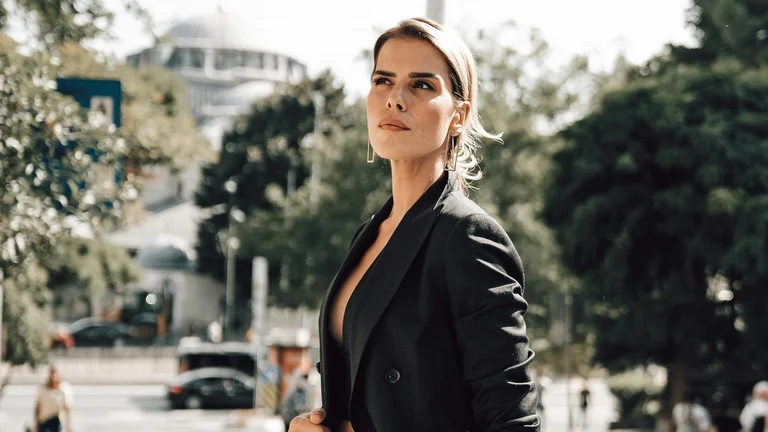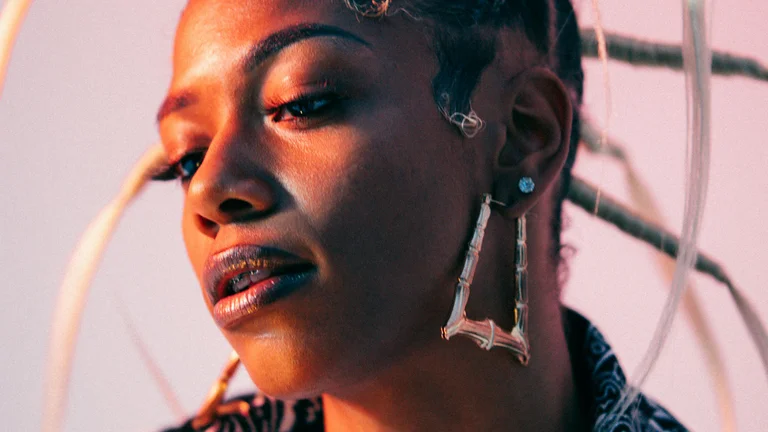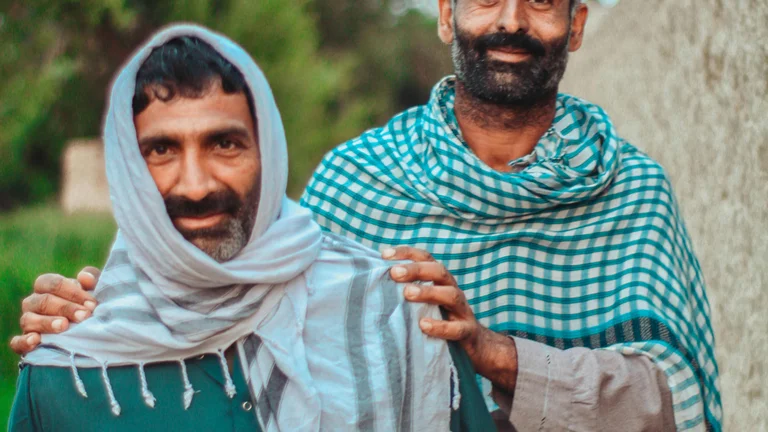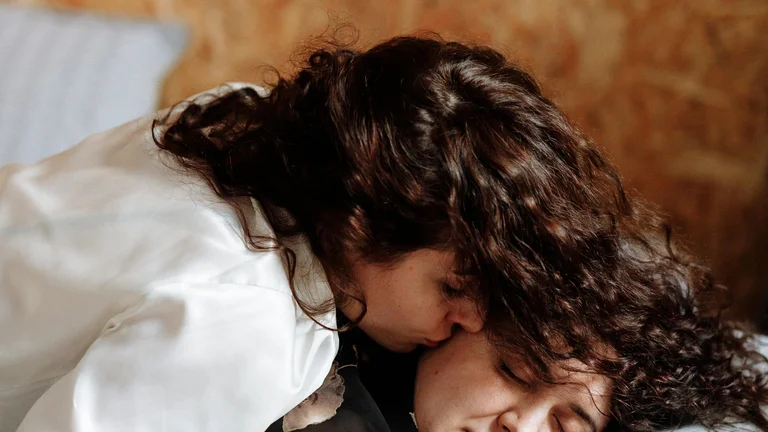
In the rapidly evolving landscape of Korean dramas (Kdramas), the portrayal of female characters has undergone significant transformation over the years. Traditionally, female leads were often confined to archetypes such as the innocent damsel in distress, the pure-hearted romantic interest, or the self-sacrificing heroine whose life revolves around the male protagonist. However, a new wave of strong female leads has not only broken these conventional molds but also reshaped prevalent tropes, influencing both narrative structures and audience expectations. This article extensively examines how strong female characters have altered Kdrama tropes, pushing the industry toward more nuanced, layered, and empowered representations.
To understand the trajectory of these changes, one must first analyze the foundational tropes that defined female characters in earlier Kdramas. The 'helpless woman' trope positioned the female protagonist as passive, dependent, or reactive, often lacking agency beyond romantic or familial contexts. Such portrayals reinforced traditional gender roles and limited the scope of storytelling. Over time, viewers increasingly sought characters that embodied independence, resilience, and complexity. As a result, female leads who demonstrated intelligence, ambition, and emotional strength began to emerge and gain popularity, defying stereotypes.
The impact of these strong female leads is multifaceted—they challenge societal norms, inspire dialogue on gender roles, and expand the thematic potential of Kdramas. These heroines are often multifaceted individuals balancing career, personal growth, and relationships without being defined solely by their romantic interests. From doctors and lawyers to CEOs and detectives, these characters bring fresh perspectives to storytelling, encouraging more diverse narratives and dynamic character development.
Transformation of Female Archetypes in Kdramas
The shift from passive, romantic-centric characters to proactive, self-driven leads marks a profound transformation in Kdrama storytelling. Early Kdramas typically featured the 'pure maiden' archetype—a character whose primary function was to be loved, protected, and ultimately redeemed by the male lead. This simplified characterization often reduced female agency and ignored broader aspects of identity and ambition.
Contrastingly, modern strong female leads embody a spectrum of personalities and motivations. They can be assertive professionals thriving in male-dominated environments or individuals grappling with social issues and internal struggles. This movement counters the notion that female characters must sacrifice individuality for love or social acceptance, instead portraying women as autonomous agents of their destinies.
One illustrative example can be found in the trope of the 'cold and distant woman' who initially appears unapproachable but softens through romance. Strong female leads have redefined this by maintaining their complexity and boundaries even while engaging in romantic subplots, refusing to be diminished to mere romantic despair or fulfillment. They possess layers of vulnerability and strength that coexist equally, allowing for richer storytelling.
Notable Strong Female Leads and Their Influence on Tropes
Analyzing specific characters and dramas highlights how strong female leads have altered traditional clichés. Several iconic roles exemplify this progression, each contributing uniquely to trope evolution.
First, Kim Eun-sook’s drama "Queen In-Hyun's Man" presents a historian female protagonist who navigates time-travel while showcasing intelligence, wit, and professionalism. This character dispels the notion that knowledge-based professions are reserved for male leads and positions a woman’s intellect and career as central narrative pillars.
Similarly, the character of Oh Young-sim in "Strong Woman Do Bong-soon" reimagines physical strength associated with masculinity. Bong-soon combines superhuman powers with relatable vulnerabilities such as insecurity and affection, blending empowerment with emotional depth. This portrayal challenges conventions linking femininity solely to delicacy and emotional dependence.
Additionally, Cha Soo-hyun from "Mrs. Cop" offers a compelling example of female authority in a traditionally male role. As a detective balancing motherhood and high-pressure work, she disrupts the trope that women cannot simultaneously excel professionally and maintain familial relationships. Such characters also open discourse on work-life balance and societal expectations.
These examples, among others, illustrate how strong female leads actively recalibrate the emotional and narrative roles females occupy in Kdramas, shaping audience perceptions and industry standards.
Detailed Analysis of Evolved Tropes
Understanding the scope of change requires dissecting specific tropes and how strong female leads have altered them.
1. From Damsel in Distress to Self-Rescuer: Traditional female leads often wait for rescue or rely heavily on male characters for solutions. Modern leads frequently assume active roles in overcoming obstacles, expressing autonomy in decision-making. This shift encourages narratives where female characters resolve conflicts independently or collaboratively as equals.
2. Career-Focused Female Leads: Kdramas now regularly showcase women as ambitious professionals—lawyers, doctors, CEOs—challenging the stereotype that women’s identities primarily revolve around romance or family. Their careers are depicted with depth, encompassing challenges, prejudices faced, and triumphs, which enrich storylines.
3. Multi-Dimensional Emotionality: Rather than being limited to a singular personality trait, strong female leads embody a spectrum of emotions, strengths, and flaws. This avoids caricatured portrayals of either overly hard or excessively emotional women, presenting balanced, realistic characters.
4. Redefining Romantic Dynamics: Instead of passive receivers of affection, female leads often initiate or negotiate romantic relationships on their terms. They set boundaries, voice desires, and partake as equals in emotional exchanges, modifying the dominant storyline of male pursuit and female acquiescence.
Table Comparing Traditional Female Tropes Versus Evolved Strong Female Lead Characteristics
| Traditional Female Tropes | Evolved Strong Female Lead Characteristics |
|---|---|
| Passive, reactive in conflict | Active, proactive in problem-solving |
| Defined mainly by romance | Multi-faceted identity; career and personal growth emphasized |
| Dependent on male lead for rescue or validation | Autonomous; self-reliant and confident |
| Emotional extremes: overly delicate or excessively emotional | Balanced, complex emotional expression |
| Romantic interest as main plot driver | Romance as one element among many, with equal narrative weight on other aspects |
Real-World Impacts and Reflections in Society
The influence of strong female leads extends beyond television screens, impacting societal attitudes towards women in Korea and globally. These portrayals provide audiences, especially young women, with empowering role models challenging patriarchal norms and encouraging self-expression and ambition.
Kdramas' global popularity amplifies this impact, exporting progressive representations of women and stimulating cross-cultural discussions on gender roles. The visibility of diverse female characters enriches cultural narratives and fosters greater acceptance of gender equality values.
In South Korea, where traditional gender roles remain influential, strong female leads contribute to shifting perspectives on women's workforce participation, leadership potential, and autonomy. The relatability and aspirational qualities embedded in these characters inspire conversations about balancing career ambitions and family life, mental health, and societal expectations.
List: Key Features of Strong Female Leads That Changed KDrama Tropes
- Complex character backgrounds that challenge stereotypes
- Career-driven motivations integrated meaningfully into storylines
- Emotional resilience without sacrificing vulnerability
- Equal participation in romantic developments
- Exhibition of leadership and decision-making skills
- Representation of personal growth and self-discovery arcs
- Breaking gender role expectations in familial and societal contexts
- Encouraging empowerment through visible agency and intellect
Step-by-Step Guide for Writers to Create Strong Female Leads in Kdramas
For scriptwriters and creators aiming to craft compelling and strong female leads that challenge conventions, a methodical approach aids in creating authentic and impactful characters.
- Define Character Agency: Ensure the female lead has clear goals and drives major plot points through her decisions.
- Develop Layered Personality Traits: Combine strengths and vulnerabilities to create relatable complexity.
- Integrate Career and Personal Life: Portray professional ambitions and domestic spheres realistically, reflecting current societal dynamics.
- Balance Emotional Range: Avoid one-dimensional emotions; include moments of doubt, strength, joy, and frustration.
- Avoid Reliance on Male Rescue: Design scenarios where the character resolves her conflicts independently or as a rational team member.
- Present Equitable Romantic Relationships: Romance should emerge organically with mutual respect and active female participation.
- Address Social Issues: Use the character’s experiences to reflect or critique societal norms, enhancing narrative depth.
- Customize Cultural Context: Adapt traits and story arcs to resonate culturally while pushing progressive boundaries.
Quantitative Insights Into the Rise of Strong Female Leads
Recent studies and audience surveys indicate a rising preference for dramas featuring empowered female protagonists. According to a 2022 survey conducted by a prominent Kdrama fan community, over 72% of respondents expressed greater engagement and satisfaction with series where female leads exhibit independence and professional competence rather than mere romantic focus.
Viewership data corroborates this trend. Dramas with strong female leads have recorded higher average ratings and international streaming numbers, reflecting audience desire for substantive female representation. Moreover, social media analysis reveals vibrant discussions and fan communities centered on these characters, highlighting their cultural resonance.
This data affirms the commercial viability and cultural importance of reshaping Kdrama tropes to foreground strong female leads. Producers recognizing this shift can better align content with evolving audience tastes while contributing to progressive storytelling.
Challenges and Criticisms in Portraying Strong Female Leads
Despite advancements, portraying strong female leads entails challenges. Some criticisms point to oversimplified empowerment, where characters are unrealistically flawless or rely excessively on physical strength as a metaphor for independence. This can create new stereotypes rather than dismantle old ones.
Moreover, dramas occasionally fall into tokenism—introducing a strong female character superficially without integrating her meaningfully into the plot or character dynamics. This reduces authenticity and undermines empowerment themes.
Additionally, there is debate regarding maintaining cultural authenticity versus imposing Western feminist ideals. Writers must navigate sensitive cultural nuances while promoting progressive ideals, striking a balance that respects local traditions without reinforcing limiting norms.
Audience expectations also vary across demographics; some viewers prefer traditional romantic escapism, while others seek deeper character development and social critique. Catering to these divergent preferences complicates narrative choices.
Future Directions in Kdrama Female Lead Narratives
Looking ahead, the trajectory suggests increased diversification and sophistication in female lead portrayals. Innovations include intersectional representation focusing on varied social classes, sexual orientations, and family structures, broadening the spectrum of experiences depicted.
Emerging storylines explore themes such as mental health, gender identity, and systemic discrimination through the lens of strong female characters, enhancing socially conscious storytelling. The integration of technology and modern societal challenges provides fresh contexts in which female leads demonstrate resilience and adaptability.
Collaborations between Korean creators and international platforms may also influence character development, incorporating global perspectives while preserving distinctive Korean cultural elements. This hybridization can foster unique storylines transcending conventional trope boundaries.
Table: Comparative Overview of Iconic Strong Female Leads and Their Trope Innovations
| Character | Drama | Trope Challenged | Innovation | Impact on Audience |
|---|---|---|---|---|
| Do Bong-soon | Strong Woman Do Bong-soon | Physical weakness as feminine norm | Superhuman strength with vulnerability | Expanded perception of femininity and empowerment |
| Cha Soo-hyun | Mrs. Cop | Male-dominated profession stereotype | Female detective balancing work and motherhood | Inspired dialogue on women in law enforcement |
| Kim Hye-jin | Search: WWW | Romance-centric female lead | Career-focused, independent single woman | Resonated with modern urban women |
| Han Ji-pyeong | Start-Up (female lead’s rival) | Passive female businesswoman | Ambitious entrepreneur regardless of gender | Encouraged female entrepreneurship narrative |
Summary Table of KDrama Tropes Transformed by Strong Female Leads
| Traditional Trope | Revised Trope through Strong Female Leads | Examples |
|---|---|---|
| Damsel in distress | Self-rescuer and problem-solver | Mrs. Cop, Strong Woman Do Bong-soon |
| Pure-hearted romantic interest | Complex, multifaceted individual | Search: WWW, Queen In-Hyun's Man |
| Dependent on male lead | Independent with equal romantic agency | Strong Woman Do Bong-soon, Search: WWW |
| Emotional extremes | Balanced emotional realism | Mrs. Cop, Start-Up |
FAQ - Strong Female Leads Who Changed KDrama Tropes
What defines a strong female lead in Kdramas?
A strong female lead in Kdramas is characterized by autonomy, depth, and complexity, often balancing professional ambitions, personal growth, and emotional resilience without being confined to traditional roles reliant on male characters.
How have strong female leads changed traditional KDrama tropes?
They have transformed passive, romance-focused archetypes into active, multi-dimensional characters who take charge of their destinies, portray careers realistically, express balanced emotions, and engage equally in romantic relationships.
Can you provide examples of Kdramas with strong female leads?
Examples include 'Strong Woman Do Bong-soon,' where the protagonist possesses superhuman strength alongside vulnerability, 'Mrs. Cop,' depicting a work-life balancing female detective, and 'Search: WWW,' showcasing an independent, career-focused woman.
Why are strong female leads important for Kdrama audiences?
They offer relatable and empowering role models, challenge societal gender norms, foster more diverse storytelling, and reflect evolving cultural attitudes toward women’s roles in society and media.
Are there challenges in portraying strong female leads authentically?
Yes. Challenges include avoiding tokenistic or oversimplified empowerment, balancing cultural context with progressive ideals, and meeting varied audience preferences for character depth versus traditional romantic narratives.
Strong female leads have fundamentally altered KDrama tropes by replacing passive, romance-centric characters with autonomous, career-driven, and emotionally complex women, enriching storytelling and reshaping audience expectations towards empowered female representation.
The evolution of strong female leads in Kdramas represents a deliberate departure from dated narrative tropes toward richer, more empowering, and realistic portrayals of women. These characters disrupt traditional stereotypes by embodying agency, complexity, and independence, setting new narrative standards and reflecting shifting societal values. As the genre continues to advance, strong female protagonists will increasingly anchor stories that transcend romance to embrace multifaceted human experiences, inspiring viewers worldwide and contributing meaningfully to cultural discourse on gender and identity.






